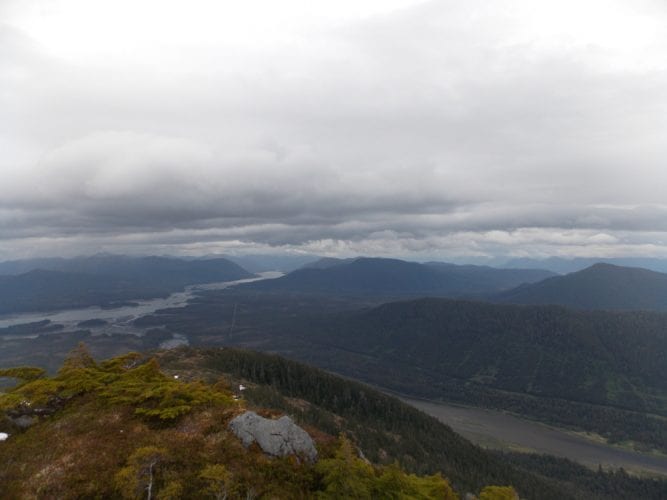
The U.S. Forest Service is reminding people in Southeast Alaska that fireworks are banned on national forest lands at all times and to be careful with camp fires as dry weather continues.
Officials are cautioning forest users that dry weather makes fireworks more dangerous this summer. The region continues to experience drought conditions, with southern Southeast under a severe drought.
Despite that, the federal agency reports forest fire danger on the Tongass remains low.
“We’re not in a high fire danger risk in Southeast Alaska right now, however we do recognize we are in a drought and that’s something to monitor and those conditions could change,” said Paul Robbins Jr., a spokesman for the Forest Service in Ketchikan. “We’ve got consistent warm and dry conditions supposed to happen I know here in Ketchikan over the next week or two so, just something we’re going to keep an eye on.”
The Tongass has not implemented any restrictions on logging or other commercial activity on the forest. But there have been a few fires already this season. A lightning strike started a fire on June 27 at Southeast Cove on the southern end of Wrangell Island. That blaze is relatively small, about a quarter acre. Robbins said its burning in steep, inaccessible terrain and the Forest Service will monitor it from the air.
“Given the geography around the fire, it’s not a major concern,” he said. “The natural barriers and some aerial resources we’re using should keep the fire contained just fine.”
While this blaze started with a lightning strike, the Forest Service says over 95 percent of wild fires in Southeast are caused by people, most by unattended camp fires. Those are recommended in designated camp fire rings whenever possible. Campers are reminded to make sure fires are completely out and to keep water or a shovel nearby. The agency also reminds people celebrating July Fourth that violating the fireworks ban on national forest land can bring a fine of up to five thousand dollars or up to six months in jail.
Meanwhile, across the border in British Columbia, fire danger has reached high or extreme levels in parts of northern B.C. And the B.C. Wildfire Service reports finding “holdover” fires around Telegraph Creek, about 160 miles up the Stikine River from Wrangell. That community was forced to evacuate last summer, when wildfires burned out of control. These “holdover” fires smoldered underground over the winter and restarted with warmer, drier weather. A number have been discovered since April of this year and most have been extinguished.









